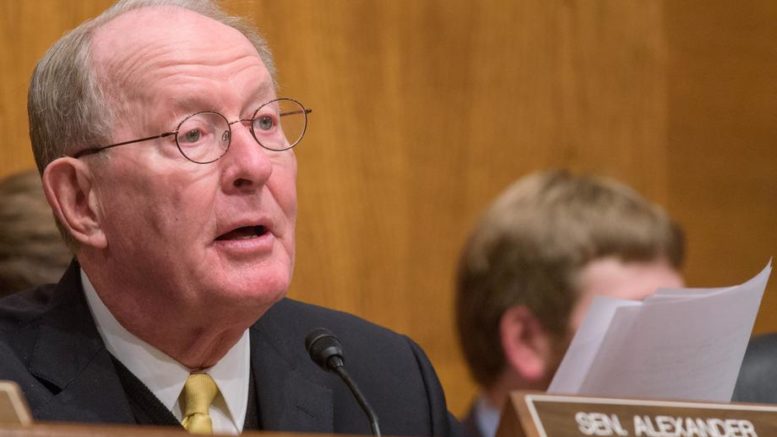As with the Higher Education Act (HEA), Congress is past due in reauthorizing the Carl D. Perkins Career and Technical Education Act. Unlike HEA, the Perkins Act is relatively straightforward, and as both bills came due for reauthorization, many viewed the Perkins reauthorization as the one to be completed expeditiously. So what happened?
In a reversal of what often occurs, Perkins has received bipartisan support in the House and has been stymied by partisan discord in the Senate, where bipartisanship is essentially required for any legislation to move. The House has twice passed a bipartisan reauthorization bill – the Strengthening CTE for the 21st Century Act (H.R. 2353) – by overwhelming margins. Yet a Perkins reauthorization bill has yet to be introduced in the Senate.
The main issue dividing the Senate is whether the Perkins Act should curtail the Secretary of Education’s authority to oversee the program. Many Senate Republicans, in particular Senate Health, Education, Labor and Pensions Committee Chairman Lamar Alexander (Tennessee), have sought such provisions. In part, this was because they were unhappy with the Obama administration’s regulations implementing the Every Student Succeeds Act. Senate Democrats have resisted the provisions sought by the Republicans, resulting in an impasse that has stalled progress.
Markup scheduled
There are recent signs that the HELP Committee may move forward with Perkins reauthorization legislation, but questions remain. In the past few weeks, Alexander has publicly expressed a desire to “mark up” Perkins reauthorization legislation on June 20. The committee this week has formally scheduled it.
However, it is not certain whether the committee will consider bipartisan legislation or a Republican bill drafted without input from Democrats. Bloomberg Government reported last week that Alexander was considering moving forward in either case, though a bill not supported by at least some Democrats would not pass the Senate.
More recent scuttlebutt from the Hill indicates that the parties may be making progress to resolve their impasse and producing a bipartisan bill. Here’s hoping they do that.
Why update is needed
While the programs authorized by the bill, including the Basic State Grants, continue to operate fairly smoothly, there have been many developments in the field of career and technical education (CTE) since the law was last updated in 2006. Dual enrollment and work-based learning, for example, are much more prominent than 12 years ago, yet are barely mentioned in the Perkins Act. Many also hope to better align Perkins with the more recently updated Workforce Innovation and Opportunity Act, particularly in their accountability measures.
The business community has taken a significantly greater interest in Perkins, hoping to build more provisions into the law that will help ensure funded programs are truly aligned with the workforce needs of business and industry.
These are just a few of the reasons that all the major CTE stakeholders, including the American Association of Community Colleges (AACC), have supported completing the Perkins reauthorization as soon as possible. AACC has again joined with the business community to urge the HELP Committee to approve bipartisan legislation, and it continues to work with legislative staff from both parties as the process unfolds.




